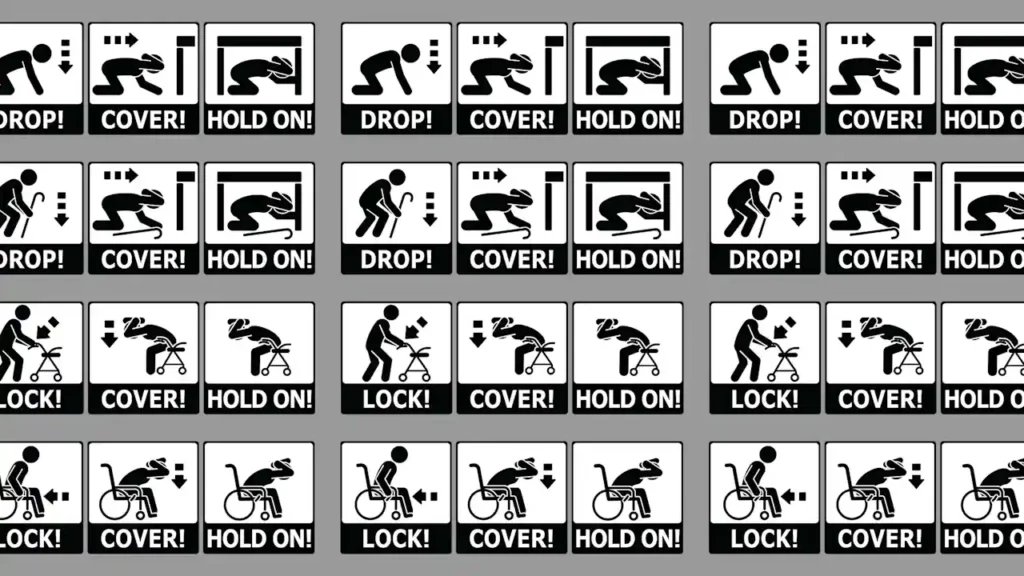
If you hear your organization talking about the Great ShakeOut, it has nothing to do with Taylor Swift or Florence and the Machine.
Instead, this international event promotes earthquake preparedness. Having a plan greatly improves outcomes and saves lives.
On October 16 at 10:16 a.m. local time, millions will be practicing how to properly drop, cover, and hold on. Let’s take a look at the science behind earthquakes, the regions they impact, and how to participate in the Great ShakeOut.
What actually causes an earthquake?
The Earth’s outer layer is made up of seven major tectonic plates. Think of these as patches of a quilt that isn’t stitched together perfectly.
The places where the plates meet are called plate boundaries. Some of these contain fault lines. The patches or plates move since they are not properly connected, which causes stress to build up at the borders.
When this reaches a boiling point, the pressure is released, causing the earth to shake.
Which regions have the greatest earthquake risk?
According to the United States Geological Survey, 81% of earthquakes take place along the Circum-Pacific seismic belt, which is located on the rim of the Pacific Ocean. This shaky area is also known as the Ring of Fire because of its plethora of volcanoes.
Because of Japan’s advanced ability to detect earthquakes, it holds the dubious honor of having the most recorded quakes, though the USGS says it’s more likely that Indonesia experiences the most quakes annually by virtue of its larger size. The most catastrophic earthquakes have tended to occur in China, Iran, and Turkey.
How can I participate?
Organizations and individuals are welcome to participate in the Great ShakeOut. You can even make it a family affair.
Register at shakeout.org to make sure your efforts are counted. There, you’ll find resources such as a drill narration and discussion questions for a post-event debrief.
There are also steps to take to be ready for “the big one.” These include making sure furniture and decorative items are secure, having a disaster plan, and keeping emergency supply kits stocked and up to date with all the necessary items.



